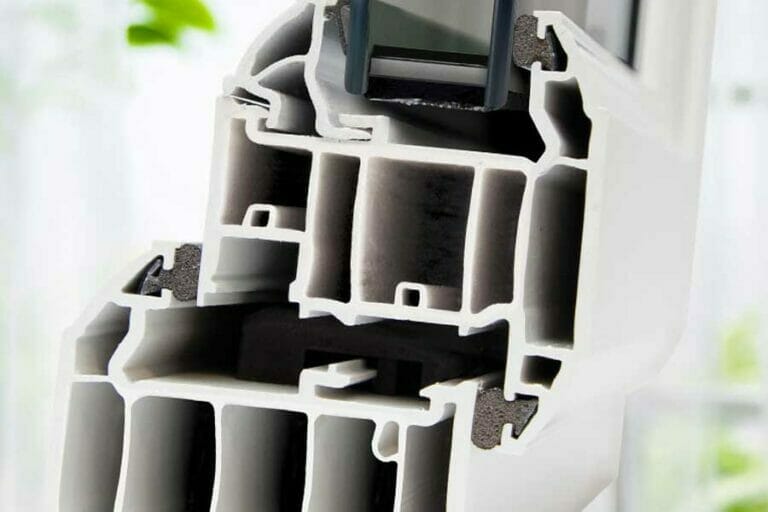Yes, double glazing can definitely help save on heating bills by reducing the amount of indoor heat that escapes through the windows.
Keep reading to find out more about the benefits of double glazing and how to reduce your heating bills by keeping your home warm for less.
How Does Double Glazing Work To Reduce Energy Loss?
A double-glazed window is a sealed window unit that has two panes of glass with a gap between them (known as the “spacer”). The size of the spacer is important in the overall insulation, as is the quality of the glass and the quality of the overall unit.
In contrast to double glazing, single glazing has just one pane. This single pane is in direct contact with both environments, therefore lacking the critical thermal property of only exposing each pane to one of the two environments.
Obviously, there’s more to it than just having two panes of glass with a gap between them.
The two panes of glass form a pressure-sealed unit. The gap between them is typically filled with Argon gas, which is a poor heat (and sound) conductor, meaning it’s harder for temperature (and sound) from one environment to travel through to the other side. The gap is normally around 16-20mm.
In addition the window frame’s material also plays its part.
- uPVC – energy saving multi-chambered uPVC window units
- aluminium – energy saving aluminium windows with thermal breaks
- timber – naturally insulating timber window units
These ingenious constructions are very effective and typically reduces heat loss by around 40-50% or more over single-glazed windows.
What Are the Energy Ratings for Double Glazing?
The energy efficiency rating of double-glazed windows is measured using the Window Energy Rating (WER) system. The energy rating ranges from A++ to G, with A++ being the highest.
Key performance criteria for energy ratings
The window’s rating is calculated by measuring how sufficiently it:
- Controls heat loss
U value – thermal transmittance. Measures heat retention. The lower the U value the better. - Absorbs the sun’s energy
G factor – solar energy. Measures heat capture. Ranges from 0-1, the higher the better. - Keeps out drafts
L factor – air leakage. Measure air-tightness. The lower the L factor the better.
The better the combined factors the better rating the unit will achieve.
Read more about our energy efficiency ratings here.
What Different Types of Double-glazing Windows Are Available?
Double-glazed windows come in various different materials and styles. All are sealed units.
Window unit materials
The four main types of double-glazing units are:
- uPVC windows
- wooden windows
- aluminium windows
- steel windows
Window unit styles
There are many styles of double-glazed windows on the market, which include:
- casement windows
- bay and bow windows
- tilt and turn windows
- sash windows
- flush windows
- coloured window units
The type of windows you choose comes down to your own preferences, budget and the type of property they are for. You can also use our online pricing tool to help with the options.
What’s the Verdict?
Investing in energy-efficient double-glazed windows (and doors) will help keep you reduce your heating bills by trapping more warm air in and absorbing more solar energy. If you’re looking to replace your windows, take a look at our wide range of A-rated double-glazed windows, that offer great security and noise reduction levels, too.
Try our online pricing tool to get an instant guide price in minutes and check out our special offers.
For even higher energy performance take a look at our triple-glazed windows.
Call or email the glazing team and they’ll help you take the first steps towards boosting your home’s energy efficiency.
Need advice?
Talk to one of our glazing experts to find out more about energy efficient windows.
- Don’t Replace Yet! When and How to Repair Windows and Doors - April 24, 2024
- Three Counties Now Offers Kubu Smart Home Security Sensors! - March 26, 2024
- Time for a New Front Door? Here’s How to Tell - February 19, 2024

